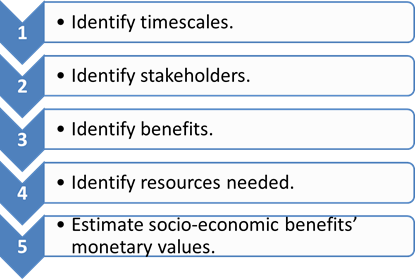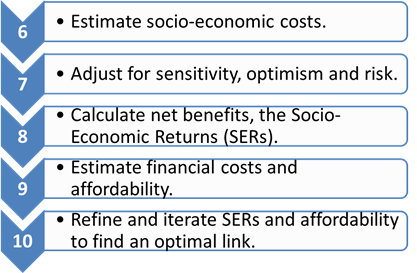Digital health investment decisions need many variables for decision takers to assess and manage. For example, the relationship between socio-economic impacts, especially benefits for all stakeholder types, and affordability can be taken. For the Asian Development Bank’s (ADB) Developing Member Countries (DMC), affordability is crucial. Digital health that does not deliver its planned benefits carries considerable opportunity costs. Other strategic initiatives may have realized better benefits.
Avoiding diminished benefits is essential. The World Bank identified public sector digital technology projects having low success rates. For instance, about 30% fail totally, 50% and 60% are partial failures, so a 20% success rate at best. In conclusion, this poor performance emphasizes the need for rigorous investment appraisal of digital health programs and projects. It is more important for DMCs.
ADB’s Digital Health Impact Framework (DHIF) helps. All investment decisions deal with the future, so rely on assumptions and estimates over time. DHIF is a way to assemble, scrutinize, and manage these assumptions and estimates as digital health projects move through their decision stages. Data on stakeholder types, their estimated costs and benefits, and their affordability profiles all combine to provide indications of their probable trajectories.
Ten-step DHIF Model
DHIF models for large-scale digital health can be complex. For DMCs, these do not offer a good place to start. Instead, smaller-scale projects such as mHealth for maternal and child health can be considered. While there are ten steps for a DHIF model, it is feasible to start with a few, such as 1, 2, 3 and 9.


mHealth for maternal and child health is an example of a good project to start with. It can offer considerable benefits. Thus, before projects are developed, it is essential to estimate critical success factors. Examples are the:
-
Number of mothers and children needed for benefits to exceed the costs
-
Affordability of their extra clinic visits and medications
-
Roles of health workers in supporting increased workloads
-
Extra capacities needed for healthcare facilities.
DHIF enables these dependencies to be analyzed for decision takers. Consequently, viable options can be developed and enhanced, while less likely options can be disregarded. It minimizes the chances of foreseeable problems emerging after go live.
Vital Features for Decision-making
Vital features for decision takers include:
Skills for DHIF Implementation
Skills needed for DHIF include:
- Stakeholder engagement
- Modeling
- Creating options
- Estimating
- Iteration, especially between socioeconomic costs, benefits and affordability.
Rome Business School has a short DHIF course. It coaches modelers using their own digital health projects. The DHIF user manual describes and illustrates techniques to find appropriate strategic directions for digital health. These support ADB’s results-based lending for DMCs improved institutional performance.
More information about Digital Health Impact Framework is available here.








